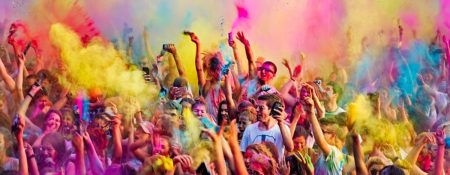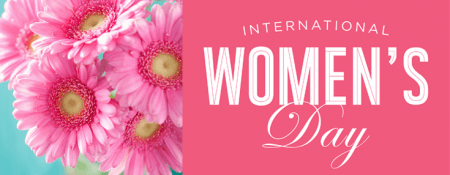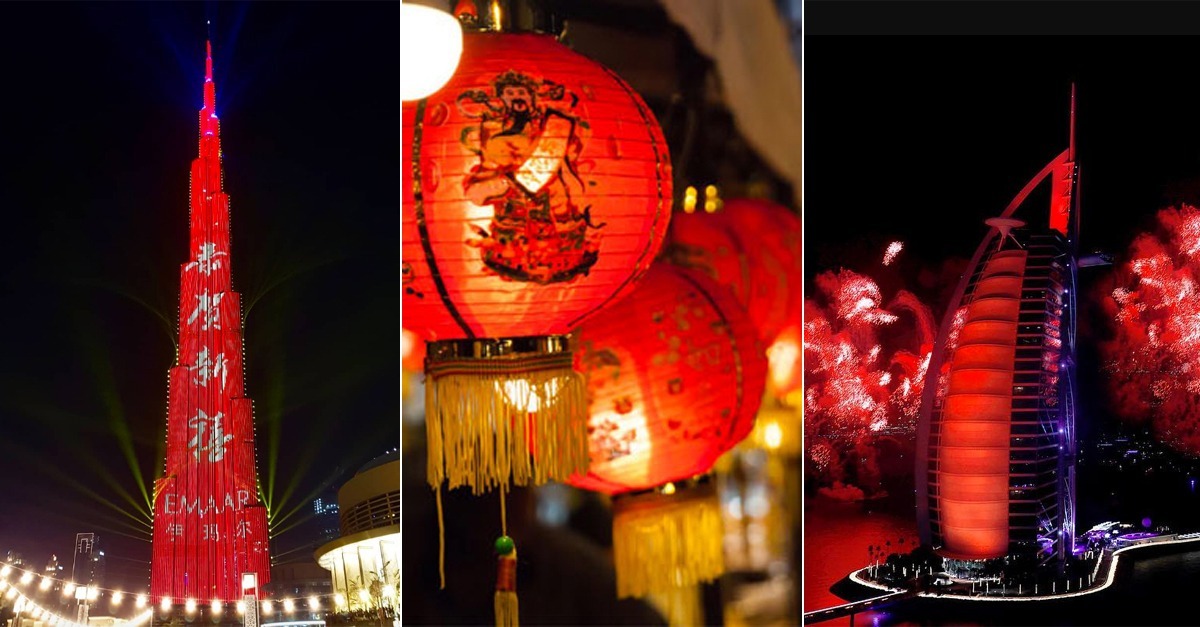
The origins of the Chinese New Year are steeped in legends. One legend is that thousands of years ago a monster named Nian (“Year”) would attack villagers at the beginning of each new year. The monster was afraid of loud noises, bright lights, and the color red, so those things were used to chase the beast away.

Though being in winter for most of China, the Chinese New Year is popularly known as the Spring Festival in China, because it starts from the beginning of Spring (the first of the twenty-four terms in coordination with the changes of nature) and marks the end of winter and the beginning of spring.
Celebrations to usher out the old year and bring forth the luck and prosperity of the new one, therefore, often include firecrackers, fireworks, and red clothes and decorations. This holiday is celebrated across many different countries other than just in China.
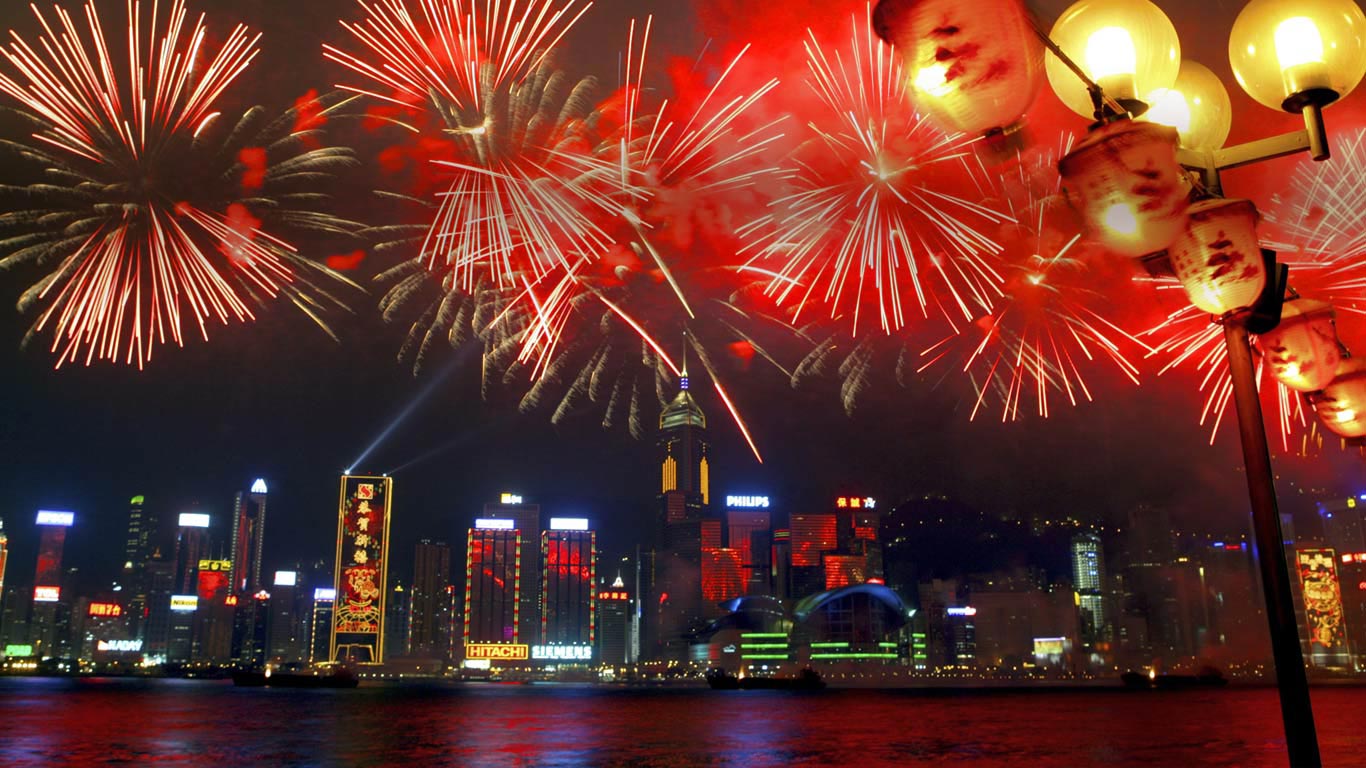
The Spring Festival (also known as the Chinese new year) marks a new year on the lunar calendar and represents the desire for a new life. According to the Lunar calendar, the Spring Festival is on January 1st and lasts until the 15th (the full moon). Unlike western holidays such as Thanksgiving or Christmas, when you try to calculate it with the solar (Gregorian) calendar, the date is all over the place.
People usually long for Chinese desserts during this time of the year, so many Chinese New Year desserts have special meanings behind them. And it’s mostly puns in the name. Take the tangyuan for example. It literally means “soup balls”, which means reunion. So it’s no surprise it’s a popular dessert during Chinese New Year. Nian gao is a type of rice cake. It symbolizes success each and every year. Fa gao is a hybrid of sponge cakes and muffins. People dye it festive colors. The fa is the same as in fa cai, which means “to get rich.” And everyone wants that!
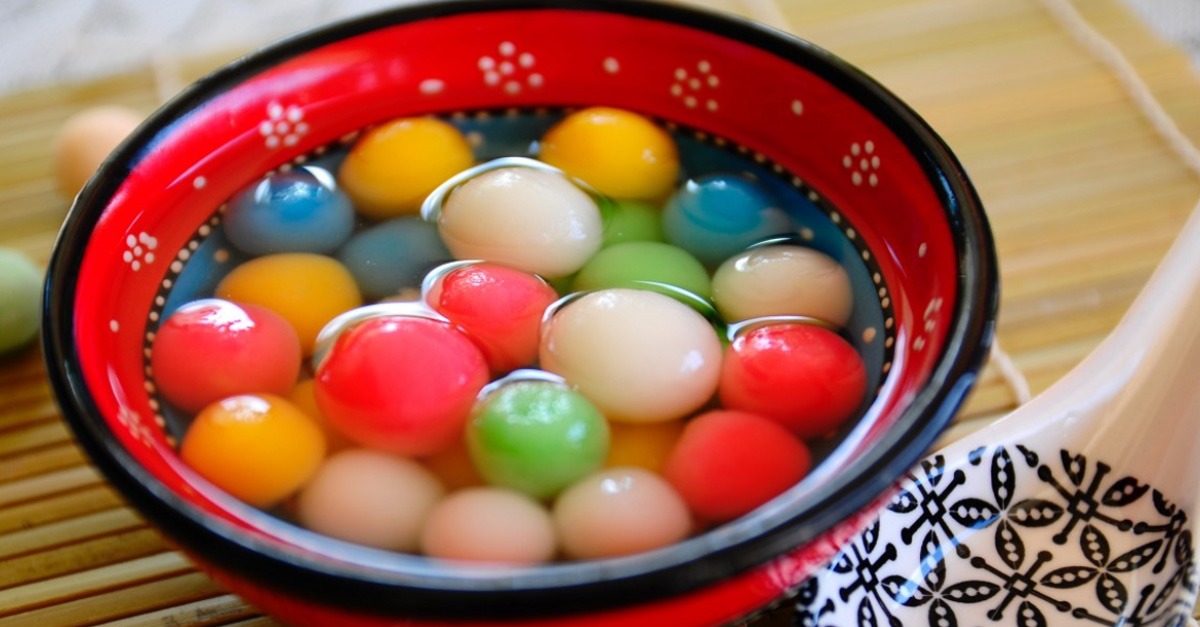
The Spring Festival was originally a ceremonial day to pray to gods for a good planting and harvest season. As an agrarian society, the harvest was everything. People also prayed to their ancestors, as they were treated as gods. The most important part of Chinese New Year is the family reunion.
Everyone should come back home for the New Year’s Eve dinner. But since in modern China, most elderly parents live in rural villages while their children work in the cities. In addition, Chinese New Year is a time to feast and to visit family members.
There is a growing Chinese community in the UAE, especially in large cities, like Dubai and Abu Dhabi. Being far away form home, many Chinese expatriates are lucky to be in the UAE, as one of their most important celebrations is being widely recognized and greeted with themed decorations all around the Shopping Malls, like The Dubai Mall, Mall of the Emirates, and, of course – the Dragon Mart. The official greetings are being translated on the facade of Burj Khalifa, and some special shows and festivities are being held in many public areas.
